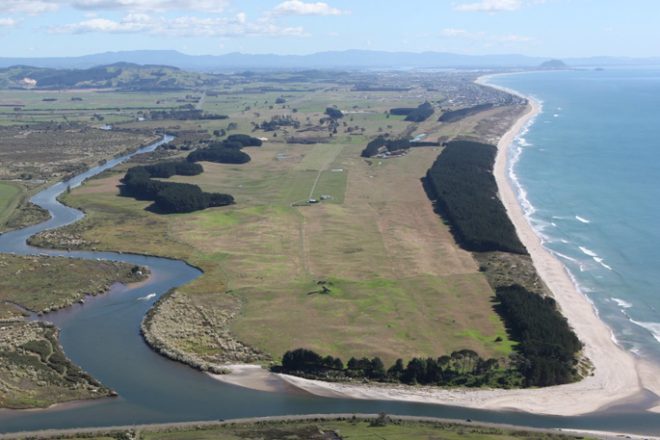陶朗加市议会可能很难为旨在促进城市东部住房开发的新道路找到必要的资金。这些道路对特图穆地区至关重要,预计建成后将容纳15,500名居民。该开发项目需要两条主要的交通路线,估计耗资约4亿美元,用于延伸帕莫阿的林荫大道和蒂奥库罗大道。如果该委员会无法获得所需的资金,则有可能使每套新房的成本增加27,000美元。
城市规划和增长经理安迪·米德解释说,该委员会四年前开始规划道路。但是,新西兰交通局Waka Kotahi对新开发区干道的资助政策此后发生了重大变化。该机构过去承担了一半的费用,但现在他们要么不为这些道路提供资金,要么只出资一小部分。
米德表示,他们目前正在寻求Te Tumu公路的批准,而不是资金,因为尚未确定开发时间表。考虑到土地开发和土木工程所需的时间,预计蒂图穆的住房要到2040年才能建成。
该委员会对林荫大道的首选设计包括两条专用的公交车道和两条用于一般交通,而Te Okuroa Drive将是一条四车道的道路,一侧是双自行车道,另一侧是共享路径。这些将是 “有限通道的道路”,没有通往它们的车道,而是与当地道路的交叉路口。
如果该委员会仅获得4000万美元的10%补贴,而不是一半,则剩余的资金将需要来自其他地方。如果找不到外部资金,开发商将不得不支付费用,这可能会使Te Tumu的6,000套房屋的价格每套再提高27,000美元。
新西兰旅游局丰盛湾和怀卡托区域经理系统设计的杰西·安德鲁澄清说,如果私人开发商是主要受益者,国家陆路交通基金不为增长成本做出贡献。公共投资应以提供公共利益为目标,增长成本应由地方议会和开发商承担。但是,任何提供 “更广泛的公共利益” 的作品都有资格获得资助。商业案例将提交给新西兰交通运输局,以批准Te Tumu运输路线的首选方案。






























































